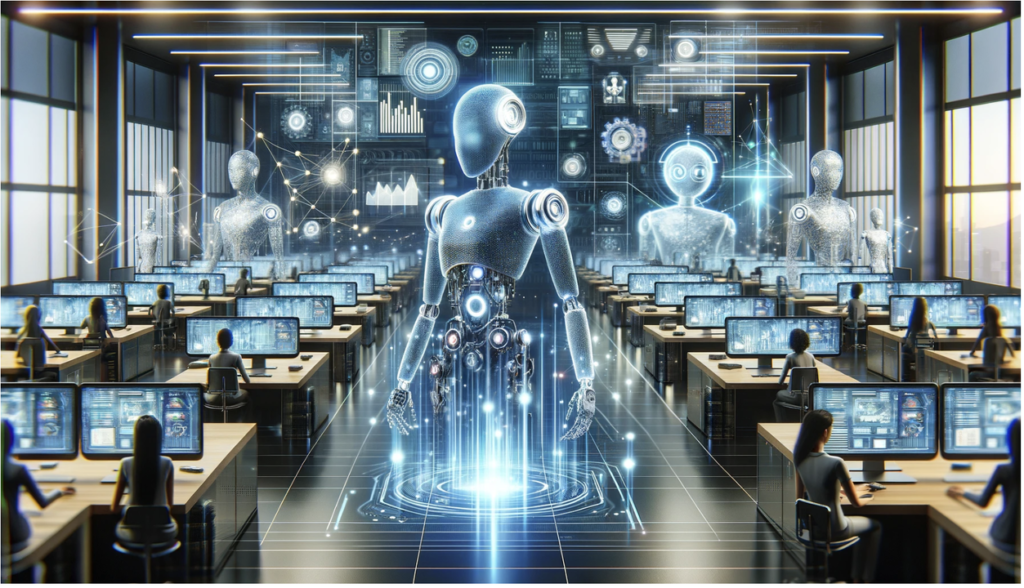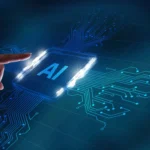The world is witnessing a digital transformation and AI is leading the way it is transforming the packaging industry by introducing innovations, reducing cost, and bringing sustainability. Right from design and the production phase to the distribution and consumers engagement AI plays the guide role in every step of the packaging life cycle. This article dwells into the extraordinary changes of AI in the packaging industry and describes prospects and perils AI poses for firms.
AI-Powered Design and Innovation
Optimized Packaging Designs: Through digital AI, large data sources are analyzed in order to produce the optimal packaging design that meets function, looks great, and is sustainable. Assessing parameters including materials’ properties, manufacture constraints and customer needs, AI-based design that designs packaging which is both enticing and green from the environmental point of view.
Predictive Design Analytics: Using AI-powered predictive analytics tools designers can be sure that in the future the up-to-date information will be available on market trends, including consumers behaviour, as well as the regulations in this sector will be known also. Through the analysis of historical data and market insights, AI can discover these trends and utilize them as a critical guide of the design process. AI therefore ensures that the packaging solutions address the rising customer awareness and expectations and are adjusted to meet the evolving market demands.
AI-Driven Manufacturing and Production
Automated Production Processes: Smart products made by AIDIscan actuate perks of production, reduce waste, and lead to a more efficient manufacturing process. Analyzing in real time production data AI could spot redundancies, predict a failure of equipment, and allocate resources more accurately, in order to be sure that up to defined standards product will be produced and the efficiency of the operational costs will be increased.
Quality Control and Assurance: The AI-assisted vision systems will be the stepping stone that will help in the automation of quality control by detecting the problems with packaging materials and finishing of products. Machine learning algorithms facilitate this through a deep analysis of images, sensor data, searching for the peculiarities, inconsistencies and flaws, ensuring product quality, safety and reducing cases of product recalls.
Consumer Engagement and Personalization
Personalized Packaging Experiences: AI-based messages and content may have graphics designed to grab customer’s attention as closely connected to their preferences as they can be. Data analytics of consumers on the type of products, including services and behavior prompts the use of packaging styles, adverts and offers that are specifically directed at the individuals to notice them and increase both customer and interest base.
Interactive Packaging Solutions: AI may be used in order to produce various packaging shapes which will charm the consumers by means of MR technologies and the QR codes that can be used to secure the personalized messages and other information. An important result of interactive packaging with well-tailored brand experiences is that consumers are more likely to be found with strong brands and to develop their continuous relationships with the product.
Environmental Impact Assessment: AI gives advice in the field of natural science on the criteria of the ecological footprint coming with the cycle of the packaging technology. While Artificial intelligence software is going through the options and combinations of the factors which are contributing to the solution, packaging conversion methods, transport modes & post-use environmental impact, still it generates the same level of environmental impact assessment of packaging solutions. Therefore, as they achieve this plan companies will be able to see what should be done and where the improvement is required and still maneuver compliance with the regulations and corporate goals.
Continuous Improvement through Machine Learning: AI takes place when a computer or machine works automatically based on the algorithms from machine learning to increase the best performance and achieve its target. It helps in making comparisons between the data collected by AI and performance metrics in detail. AI systems can, due to its ability of spotting trends, deviations and possibilities of optimization, which might be overlooked by a human eye. AI can contribute in achieving that by implementing the scientific methods in making Lean Waste approach, improving the efficiency, and helping the companies to achieve the target. Consequently, process efficiency and culture of continuous improvement and innovation join in the fight where the AI tool is the omnipresent one to embrace the business.
Conclusion
Undoubtedly, AI is changing the packaging field radically through their introduction of innovations, improvements and sustainability in a fresher way. In addition to AI being the case in which the design process is optimized and production is automated it is also the case where the supply chain can be optimized until the point at which the consumer is reached and where the personalized consumer experience in the packaging life cycle is made possible. Two of the most promising income-generating ventures for companies that yearn for a competitive edge and maximum utility of AI in packaging are adoption of AI in solutions. AI is taking control as the AI technology advances and makes progress, which will have a marked impact on the way packaging companies globalize keeping pace with the modern times with greater efficacy, flexibility, and competitiveness.



